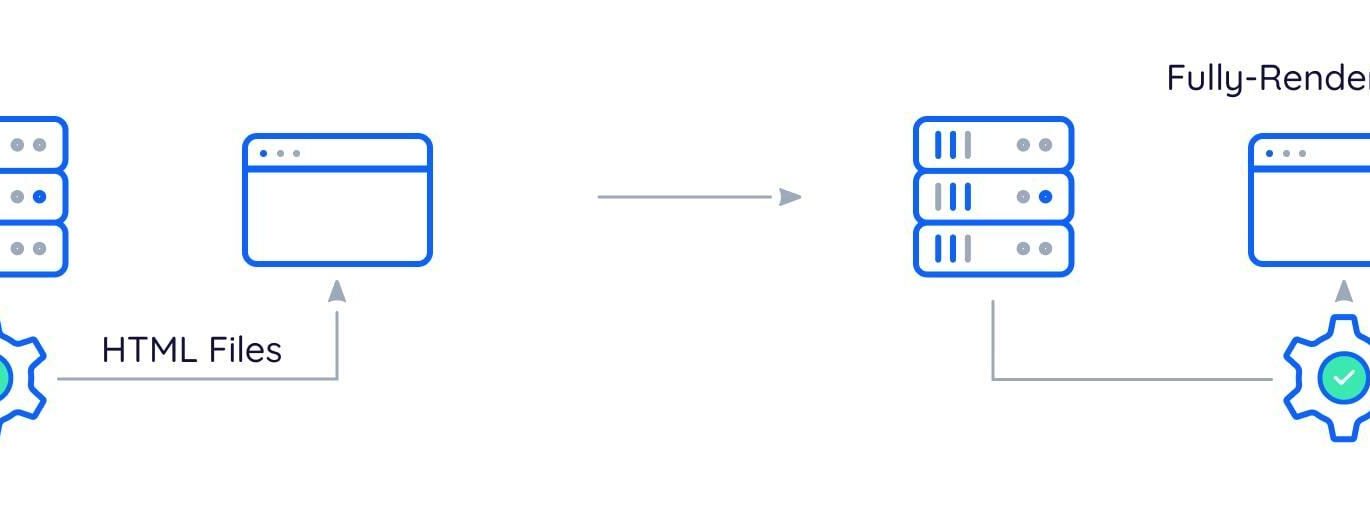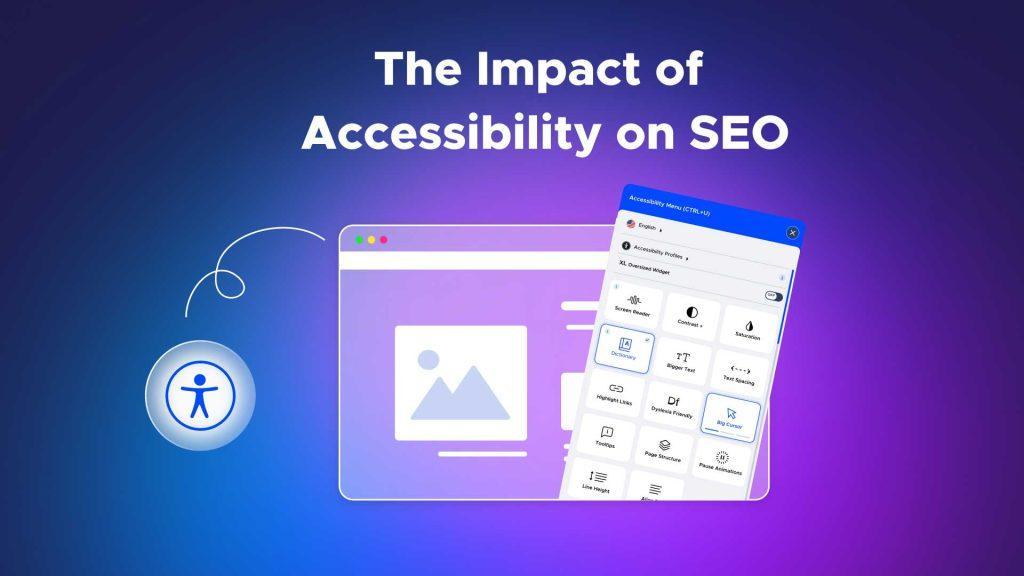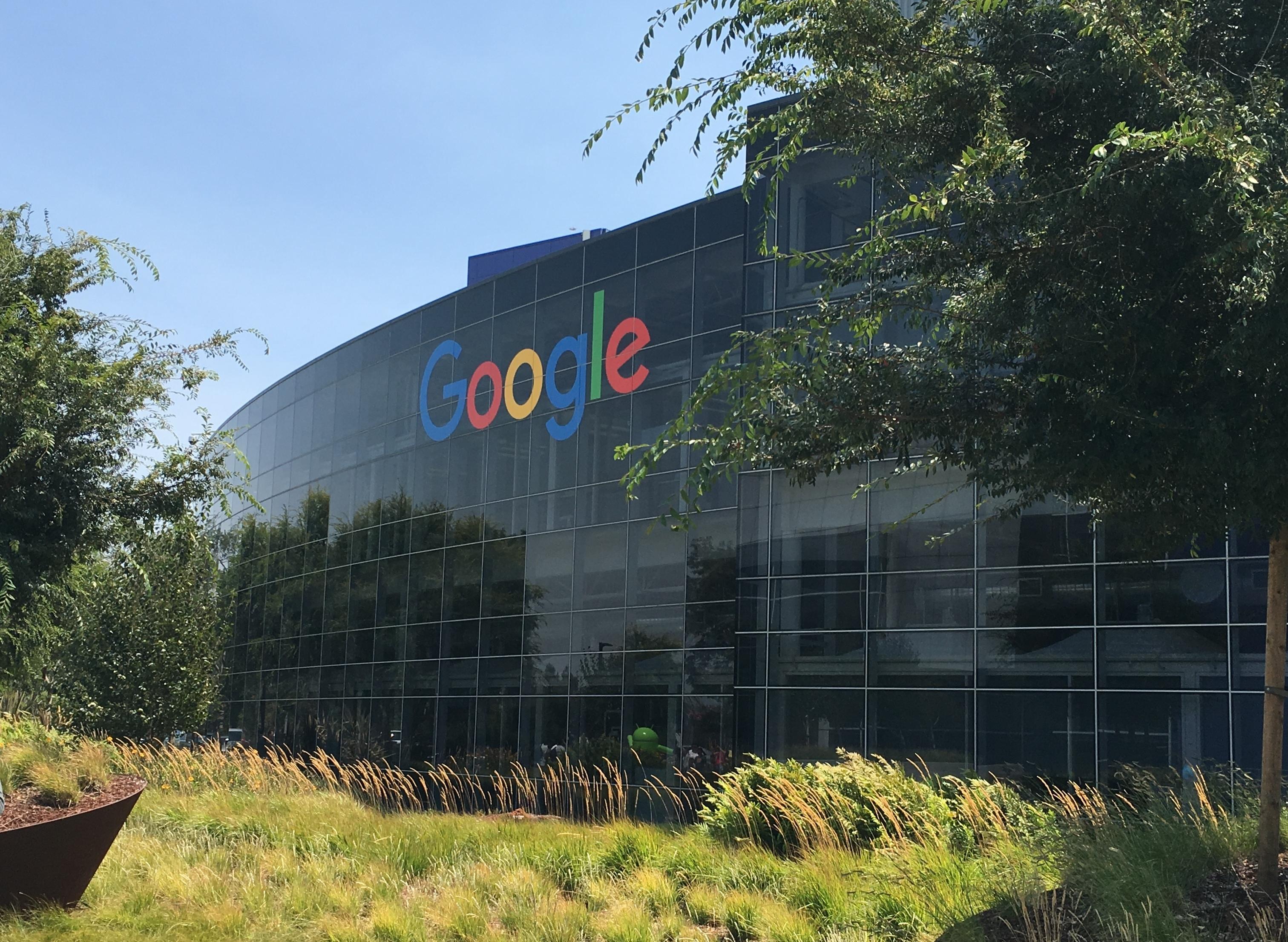



In the ever-evolving landscape of web development, the debate between server-side rendering (SSR) and client-side rendering (CSR) continues to ignite discussions among developers and SEO experts alike.As businesses strive for optimal performance, user experience, and search engine visibility, understanding the nuances of these rendering techniques has never been more critical. Google, the titan of search, has offered insights that can guide developers in making informed choices about their applications. In this article, we’ll explore the fundamental differences between SSR and CSR, delve into Google’s recommendations, and illuminate the advantages and drawbacks of each approach. Whether you’re a seasoned developer or a curious newcomer, join us as we unravel the intricate web of rendering strategies and discover how to best align your project with both user expectations and search engine criteria.
When it comes to rendering web content,the fundamental difference lies in where the rendering process occurs: on the server or the client. In server-side rendering (SSR), content is generated on the server, and the complete HTML page is sent to the browser. This means that users receive a fully rendered page quickly, which enhances the initial loading experience. Browsers can display the content right away without waiting for JavaScript to load and execute, which is notably beneficial for SEO purposes.Key characteristics of SSR include:
On the other hand, client-side rendering (CSR) shifts the workload to the browser, where JavaScript is responsible for creating and populating the HTML structure. While this can lead to a more dynamic and interactive user experience, the initial load time can be slower, as users might need to wait for JavaScript files to load and execute before any content is displayed. Here are some unique aspects of CSR:
| Aspect | Server-Side Rendering | Client-Side Rendering |
|---|---|---|
| Initial Load Time | Fast (fully rendered HTML) | Slower (JavaScript execution needed) |
| SEO Friendliness | High (full HTML output) | Medium (depends on implementation) |
| User Interaction | Limited until full page load | Highly interactive |

When choosing between server-side and client-side rendering,understanding their SEO implications becomes critical. Server-side rendering (SSR) delivers fully rendered pages from the server to the user’s browser, providing immediate content visibility that search engine crawlers can easily index.This rapid delivery can enhance your page load speed, a notable ranking factor for Google. In contrast, client-side rendering (CSR) relies on JavaScript to construct and display the webpage content after the initial load. While this method can create smooth user experiences, it may lead to delays in content visibility for crawlers, perhaps affecting your SEO rankings if not handled properly.
To effectively evaluate the SEO impacts of your rendering choices, consider the following factors:
| rendering Method | SEO Impact | performance |
|---|---|---|
| Server-Side Rendering | High initial visibility | faster for search engines |
| Client-side Rendering | Delayed content visibility | Smooth interactions but can lead to slower SEO |

In the current digital landscape,achieving a seamless user experience involves a strategic mix of speed and functionality. With google prioritizing page load times and responsiveness, developers must carefully consider their rendering approach. Server-side rendering (SSR) excels in delivering content quickly, making it ideal for SEO and initial page load. Conversely, client-side rendering (CSR) can enhance interactivity, allowing users to engage with dynamic content without constant page refreshes. When opting for SSR, websites often see immediate visibility in search engine results, while CSR shines in scenarios where user experience and immediate feedback are paramount. Understanding the trade-offs is essential for optimizing performance without sacrificing functionality.
To navigate these complexities effectively, it’s crucial to weigh the benefits of both rendering methods against the specific needs of the request. Consider factors such as the target audience, type of content, and desired user engagement level. Here are some aspects to keep in mind:

When considering rendering approaches, it’s essential to align with Google’s best practices to optimize performance and user experience. One key recommendation is to utilize Server-Side Rendering (SSR) for applications requiring fast initial load times.By processing content on the server, SSR allows users to see fully-rendered pages more quickly, which can lead to better engagement and lower bounce rates.This is particularly critically important for websites with dynamic content or those aiming for higher rankings in search results.Following this method can improve SEO performance significantly, as search engines can crawl and index the content more effectively.
On the other hand, Client-Side Rendering (CSR) can be beneficial in specific scenarios, particularly for applications with complex user interactions and real-time updates. In this approach, content is dynamically loaded and rendered in the user’s browser, which can enhance the experience by reducing server load. Though, Google recommends using a technique called hydration to ensure that rendered content is accessible for SEO purposes.Consider employing a hybrid strategy—where both SSR and CSR are used when necessary—to strike a balance between performance and interactivity. Here’s a comparison of both methods:
| Rendering Method | Advantages | Disadvantages |
|---|---|---|
| Server-side Rendering | – Faster initial load times – better SEO capabilities |
– Increased server load – Slower interactivity |
| Client-Side Rendering | – Rich user interactions – Reduced server load |
– Slower initial load – SEO challenges if not implemented properly |
In the ever-evolving landscape of web development, the choice between server-side and client-side rendering mirrors a pivotal crossroads for developers, designers, and businesses alike. As we’ve explored, Google’s recommendations provide a valuable roadmap to navigate this terrain effectively. Whether you opt for the speed and interactivity of client-side rendering or the robust SEO advantages of server-side rendering, recognizing the unique strengths of each approach is essential.Ultimately, your decision should be guided by the specific needs of your project, the expectations of your users, and the capabilities of your team. As technologies evolve and preferences shift, staying informed and adaptable will ensure that your web applications not only meet the demands of today but are also poised for tomorrow’s challenges. Whichever path you choose, may your rendering journey lead to remarkable user experiences and web success. Happy coding!